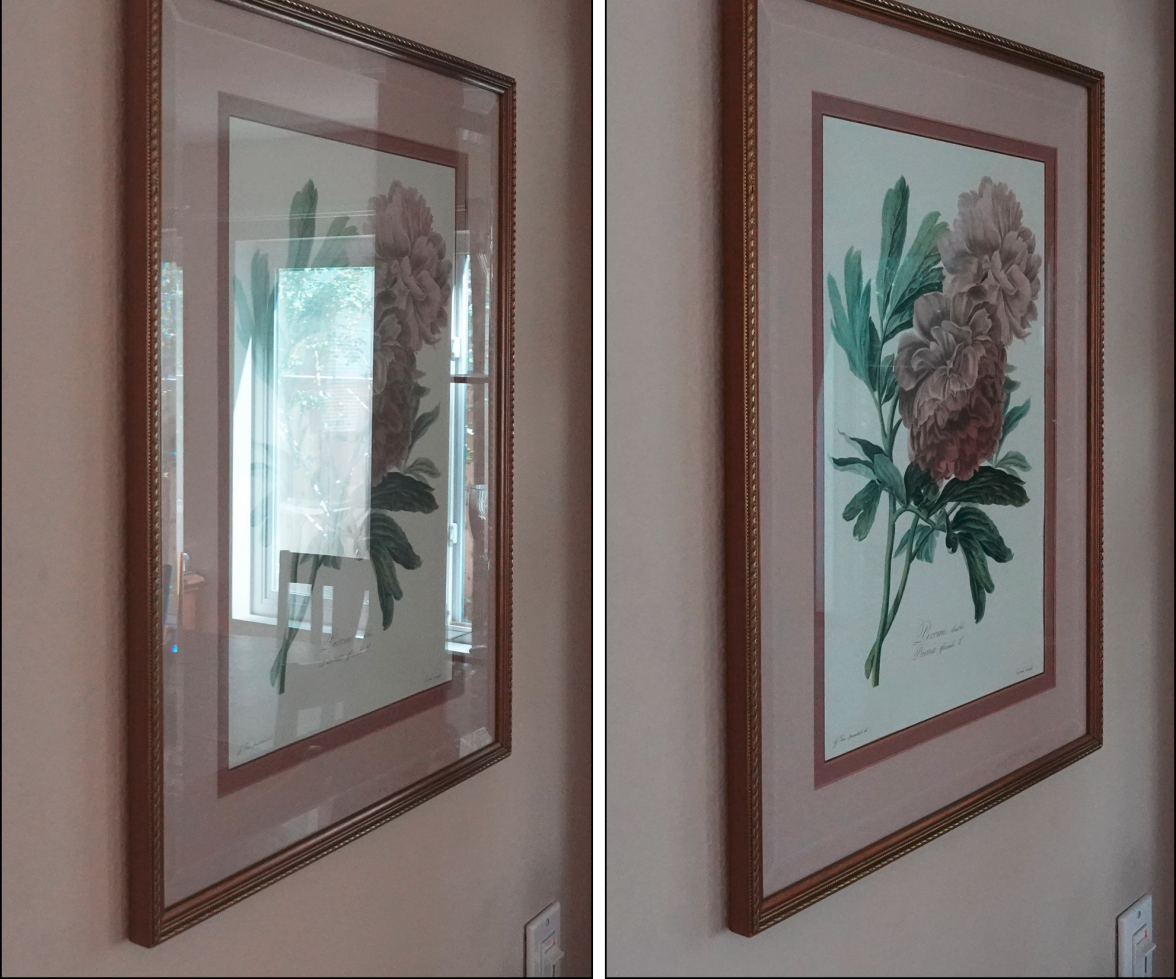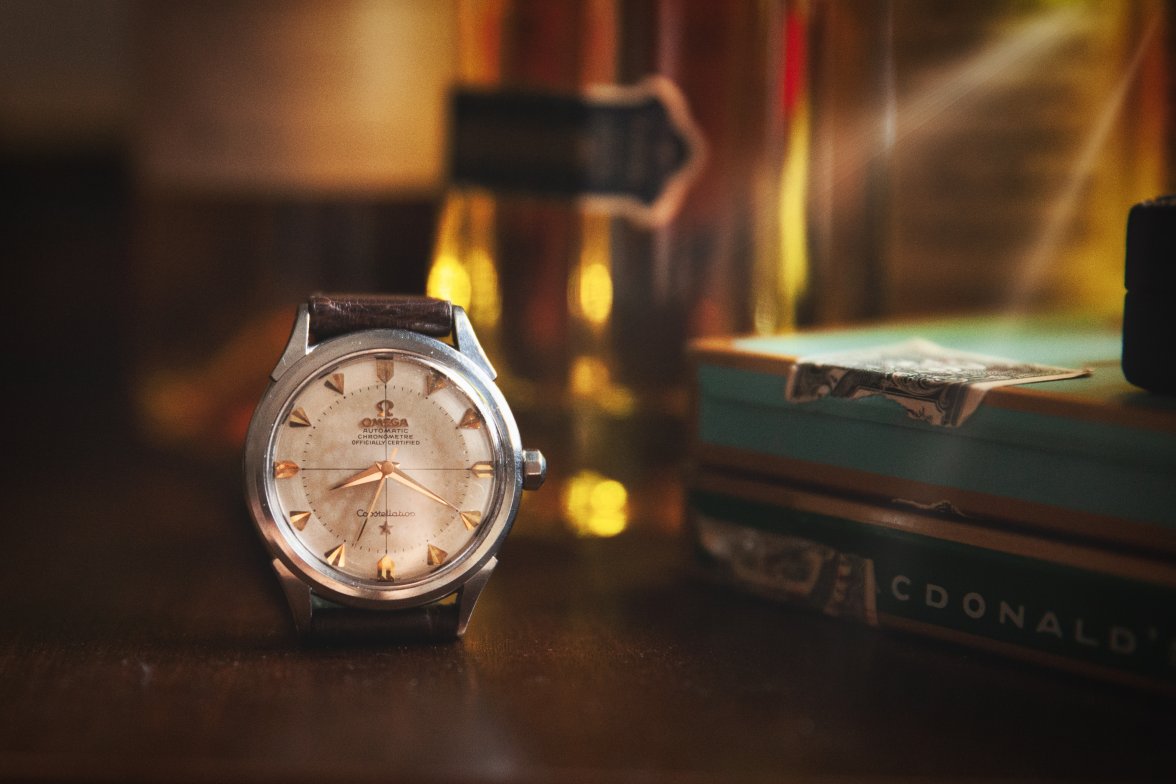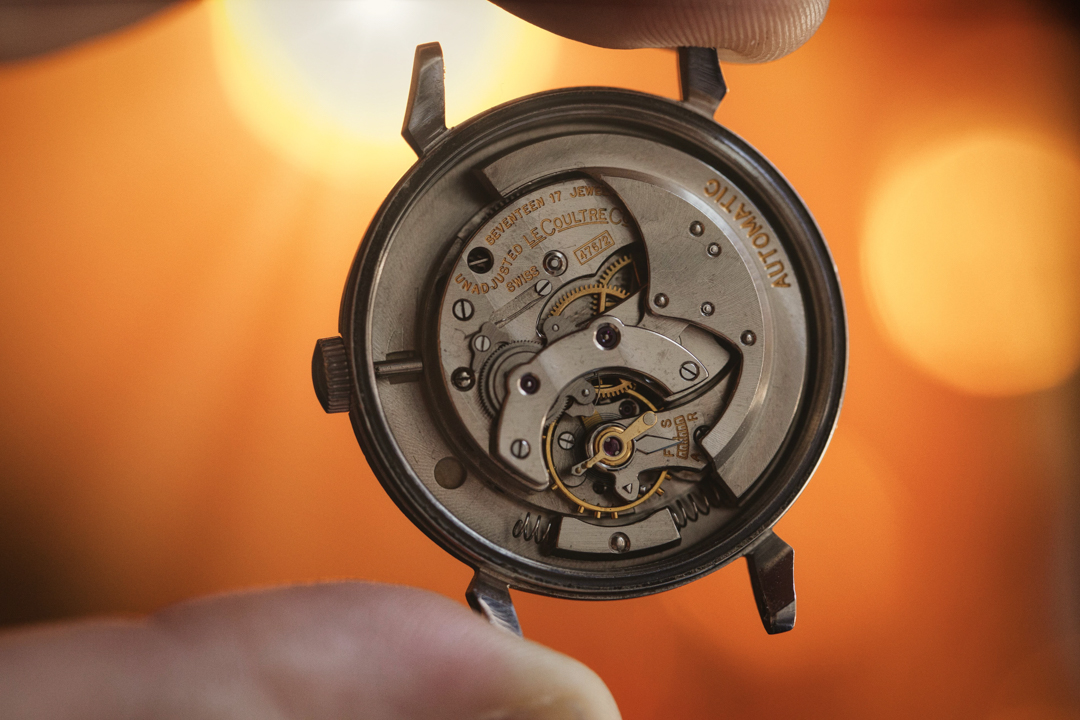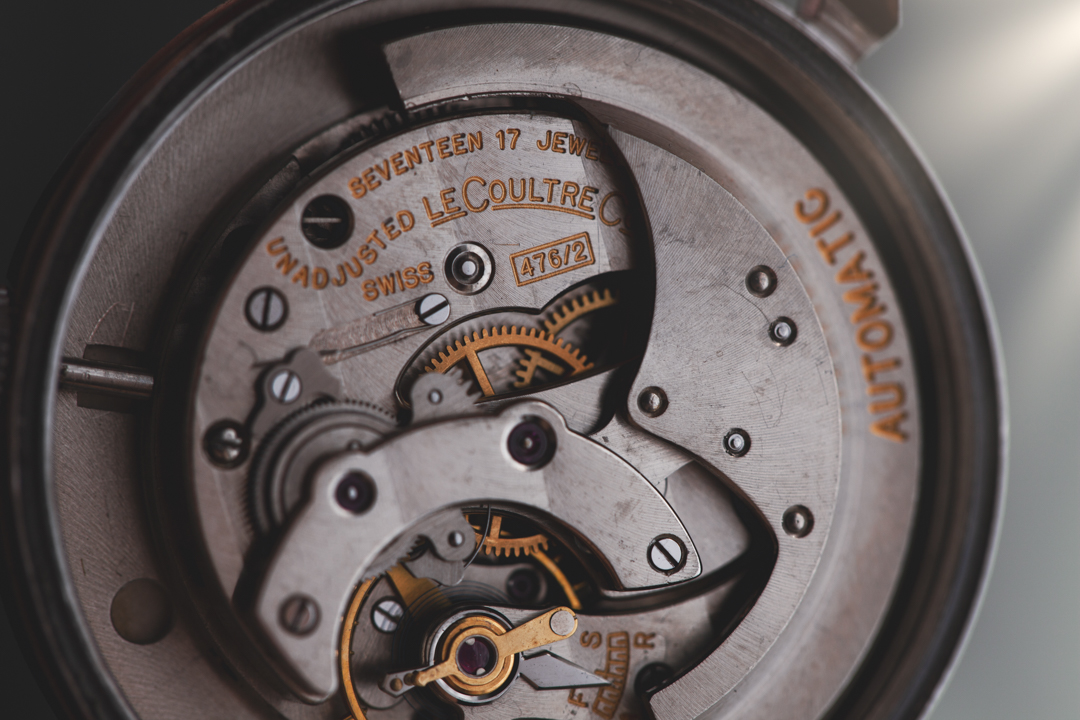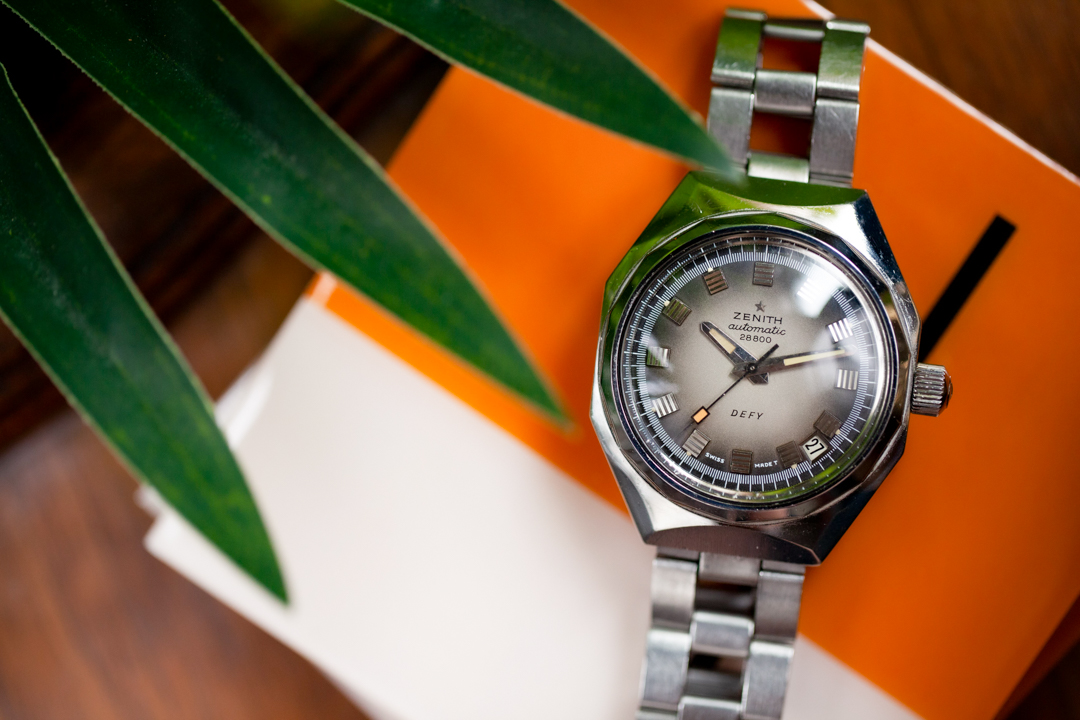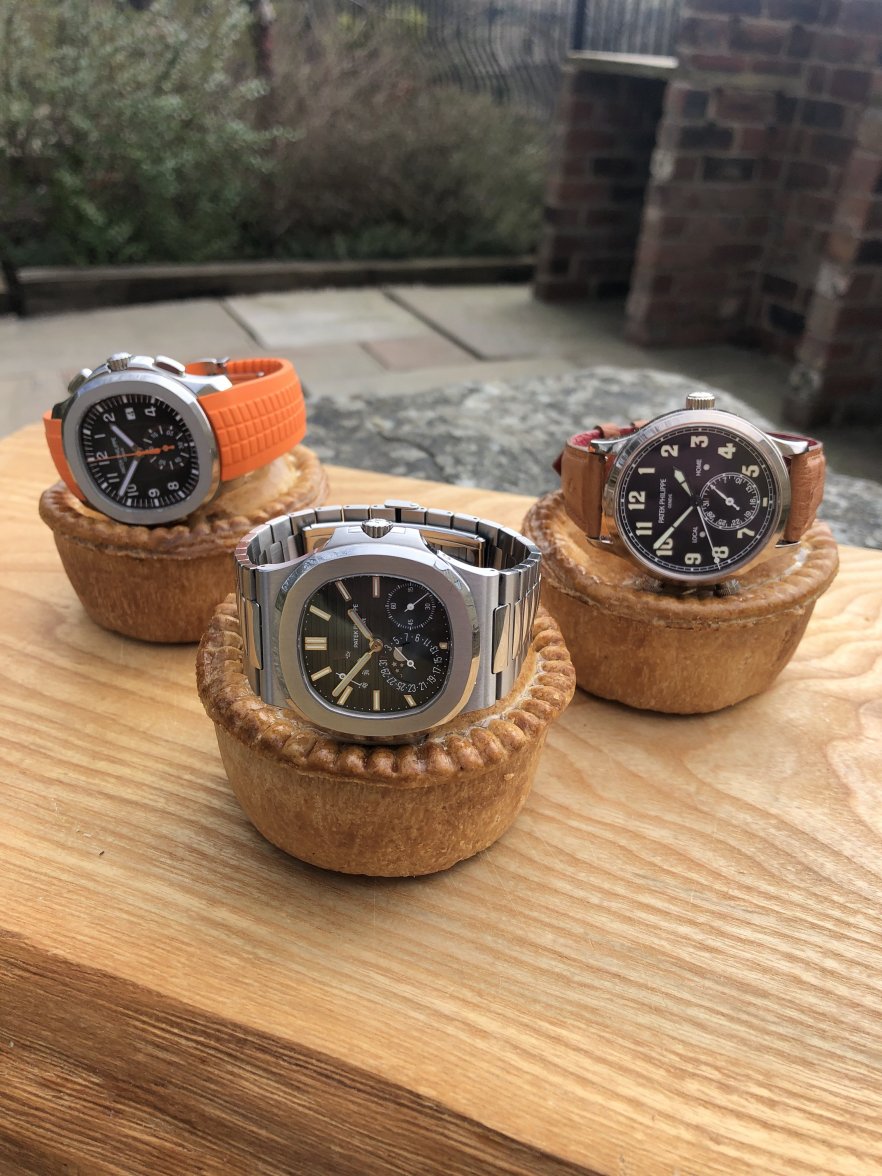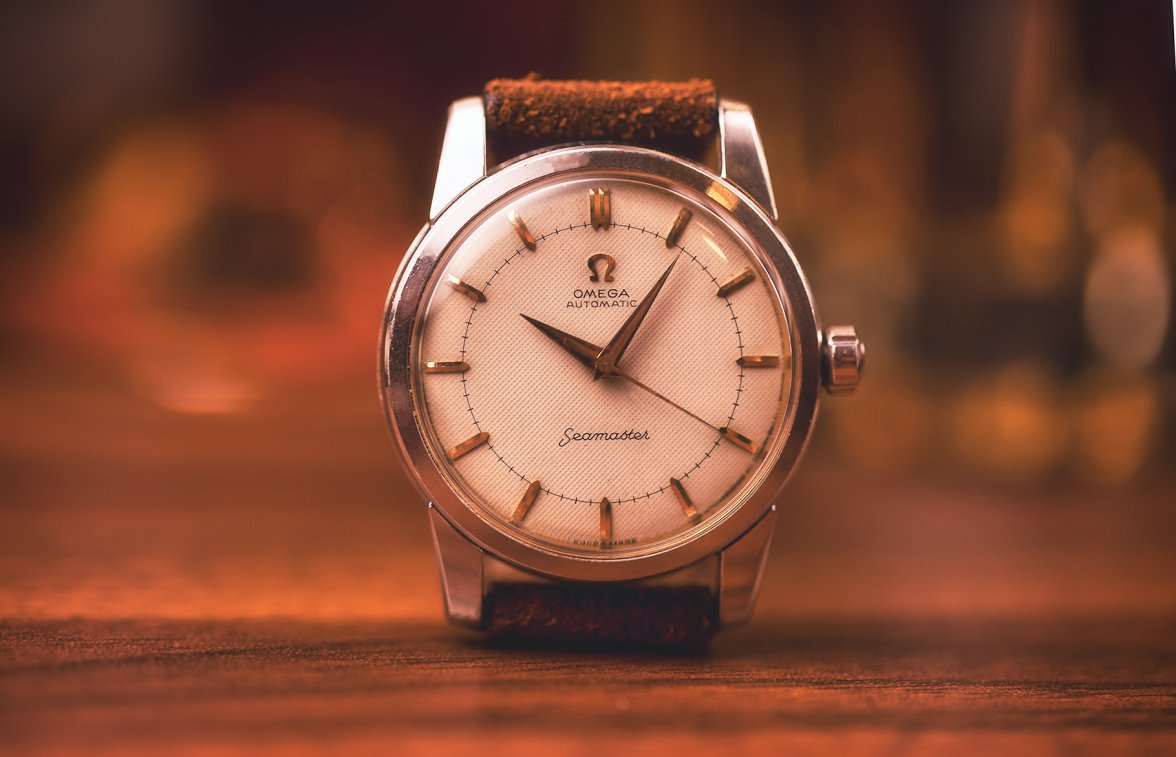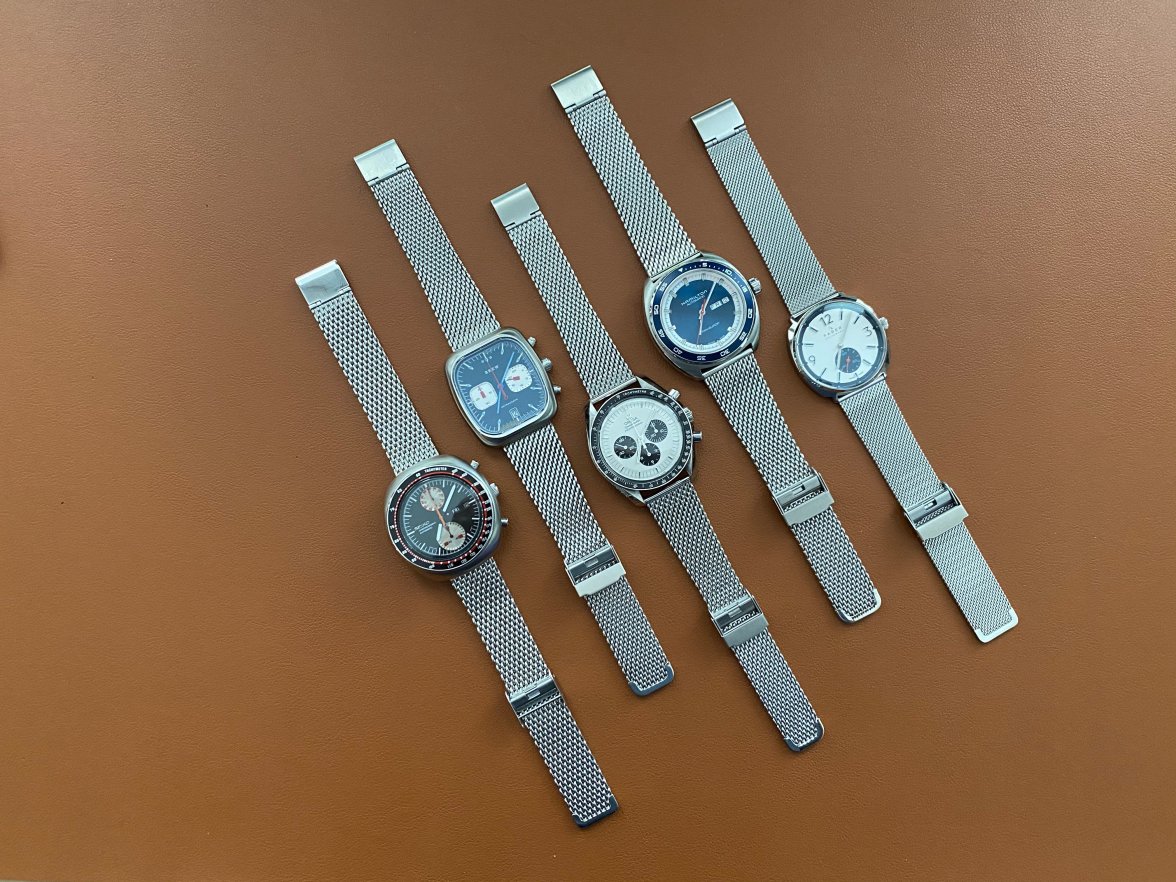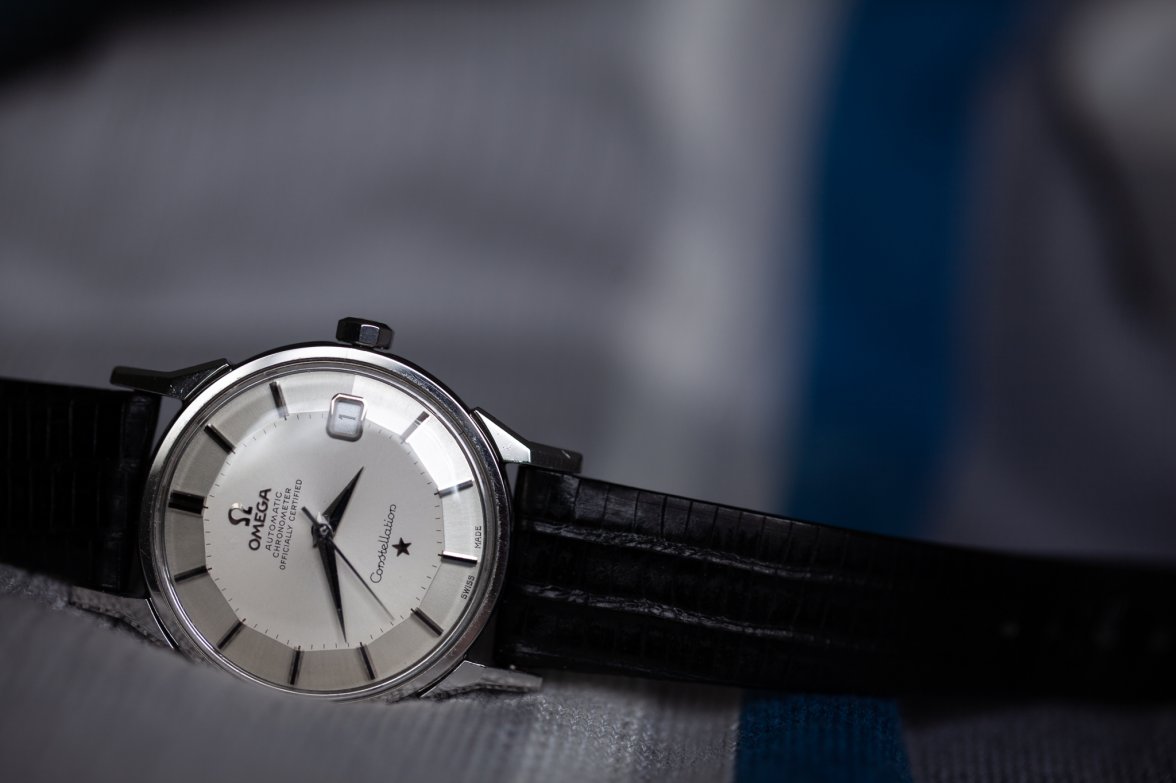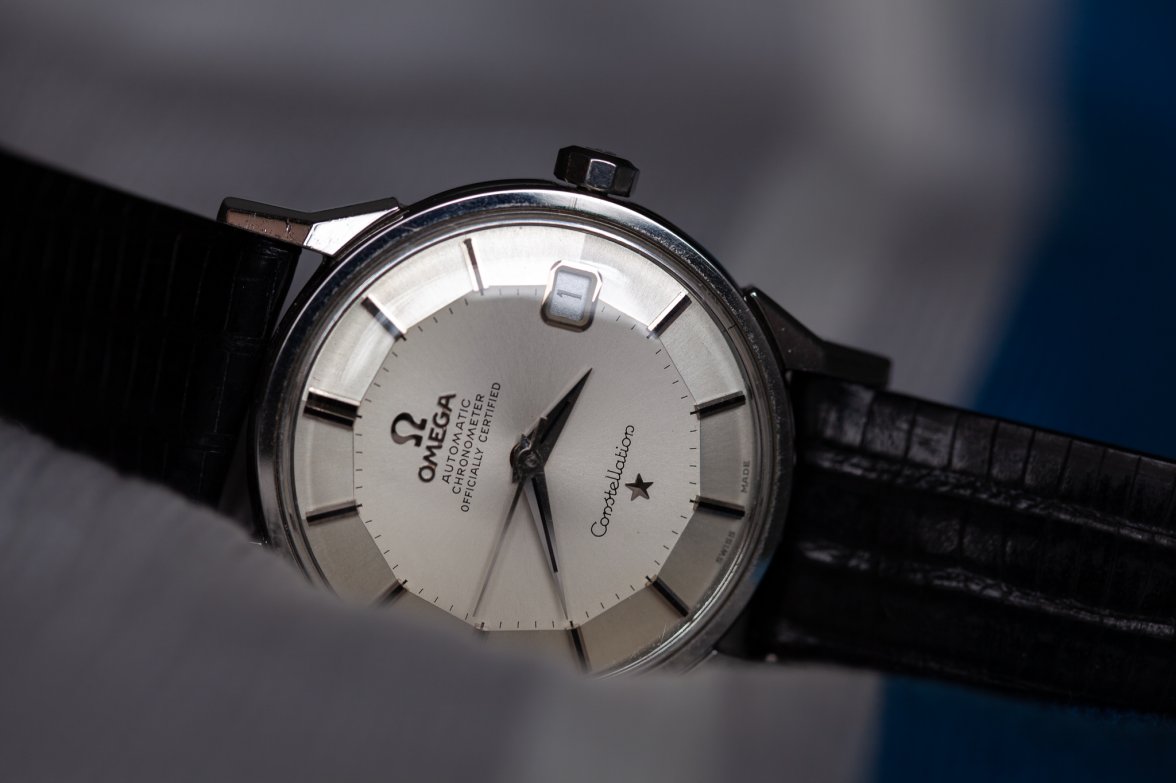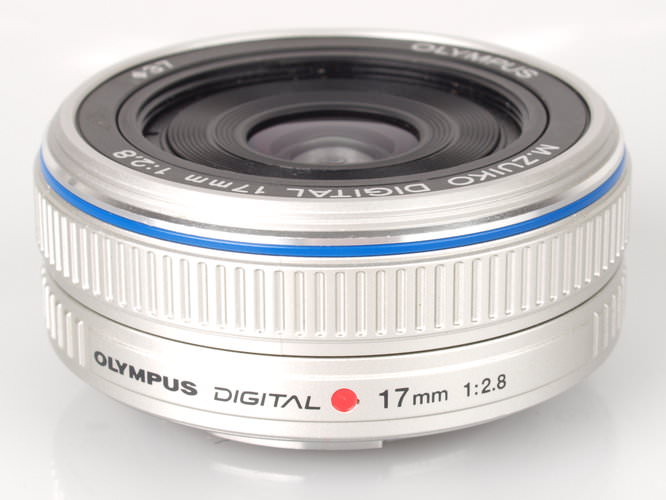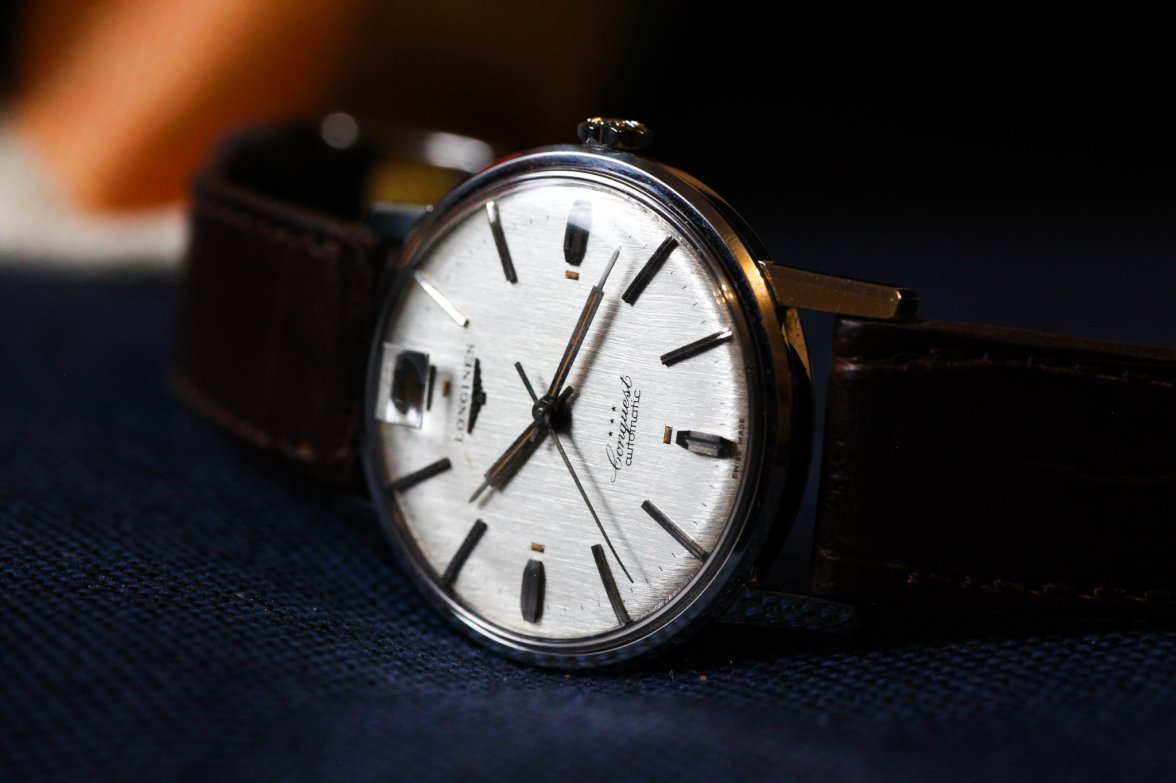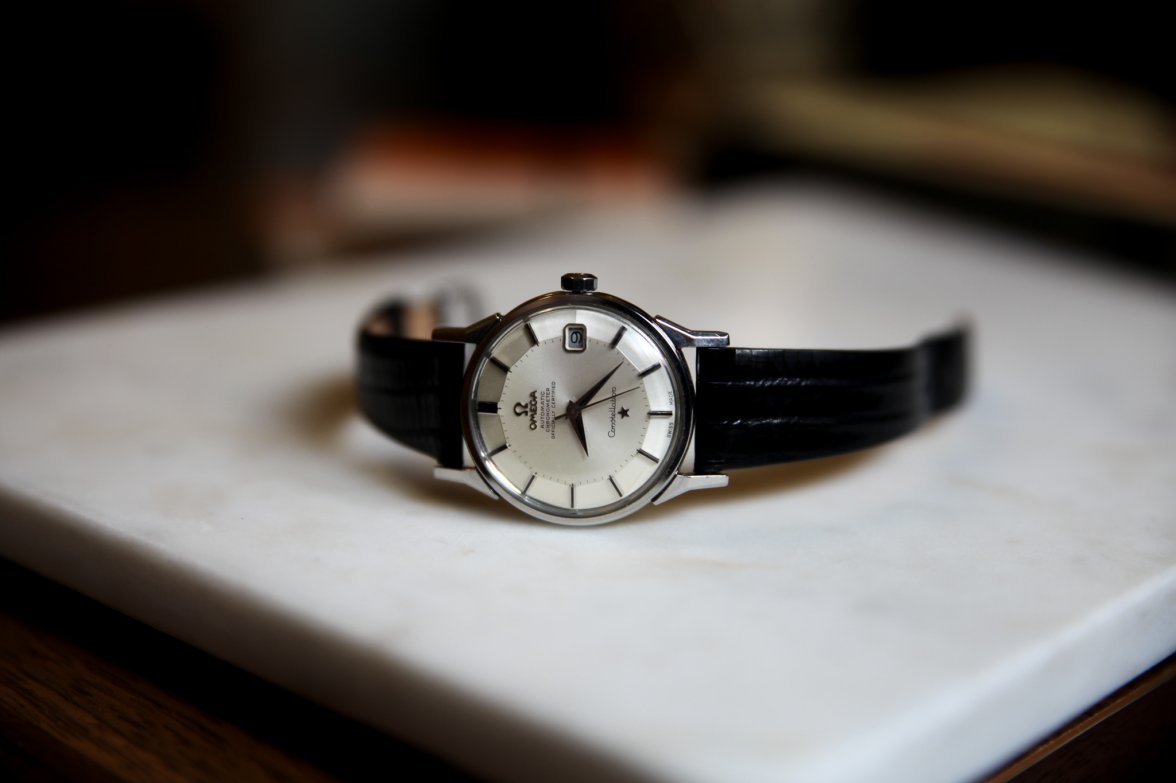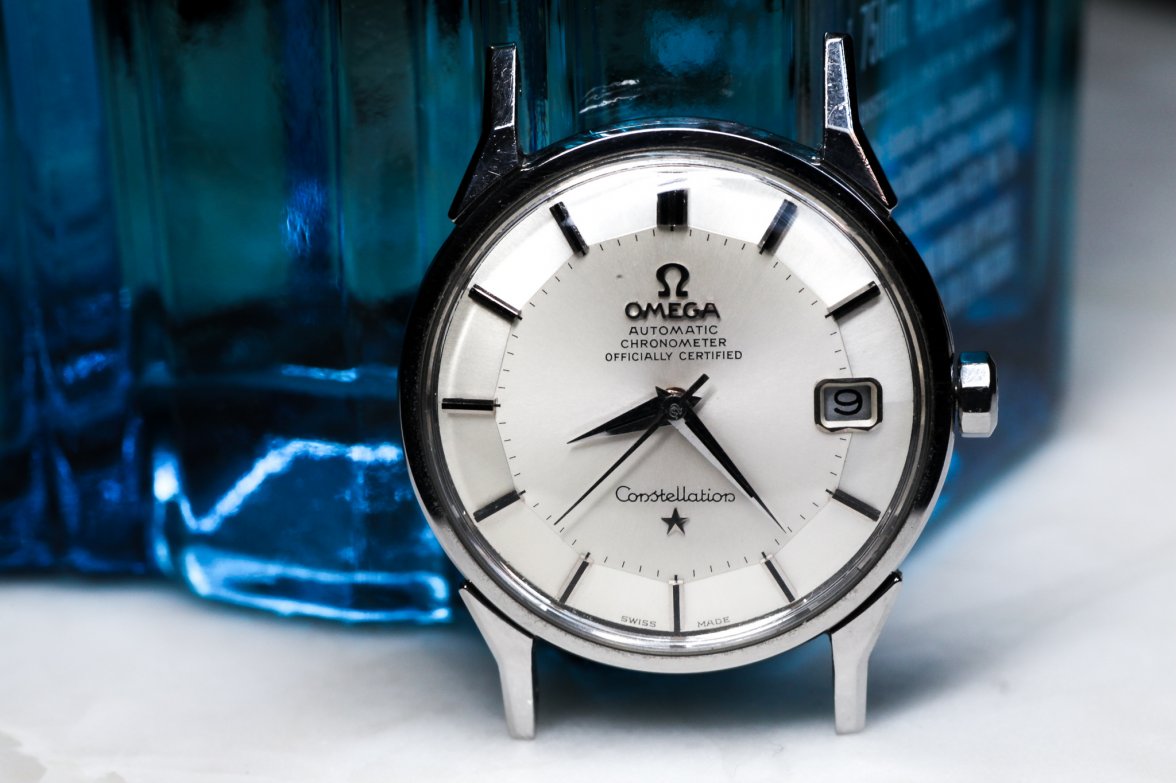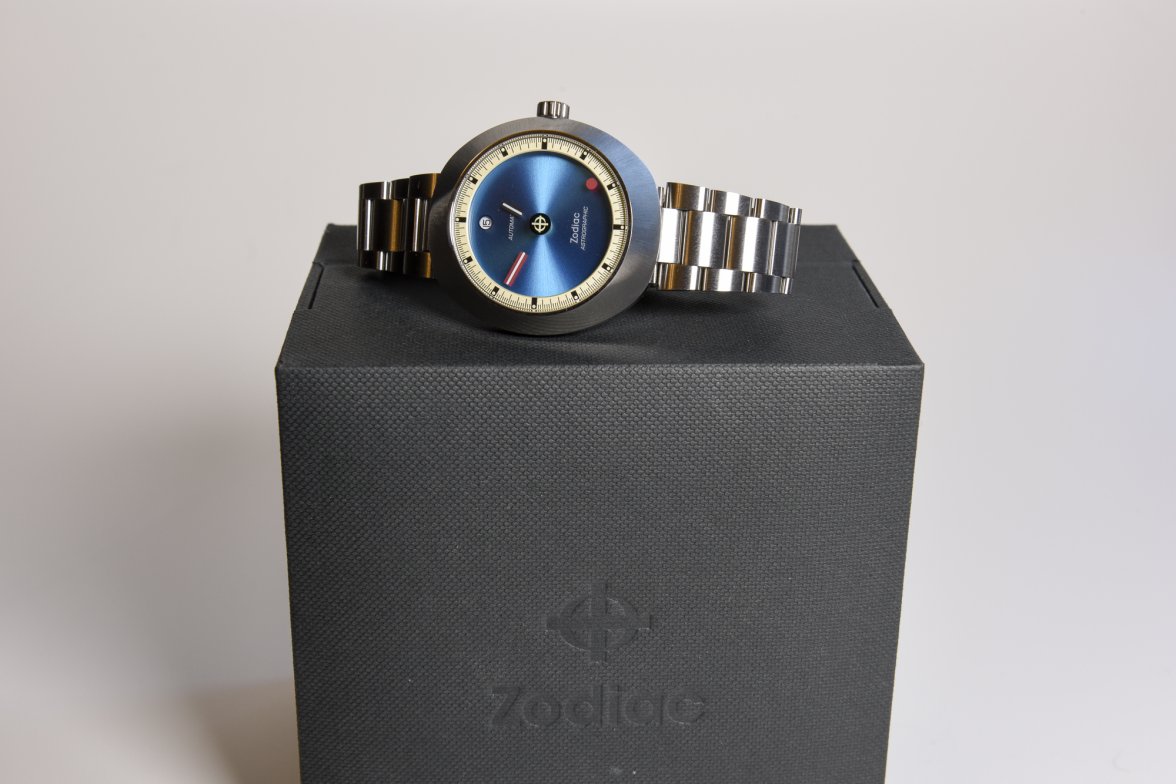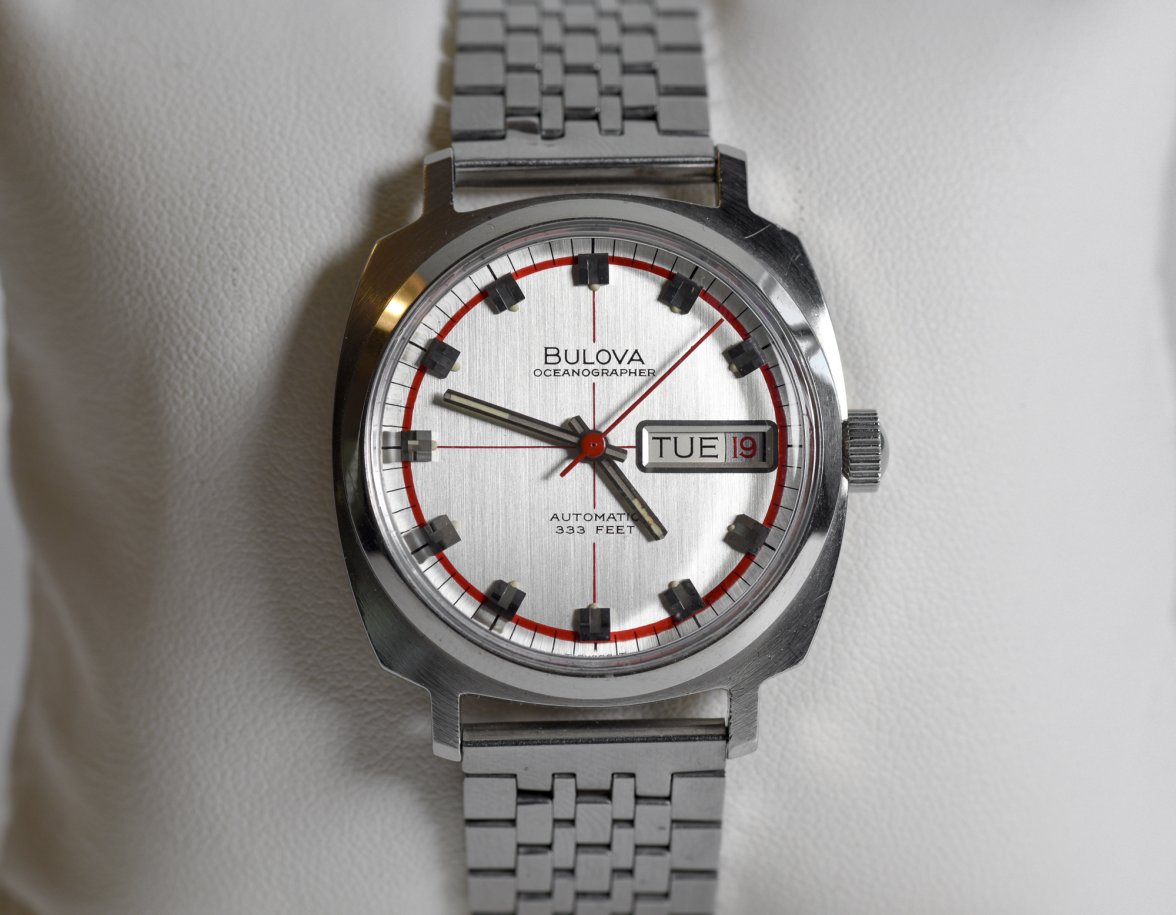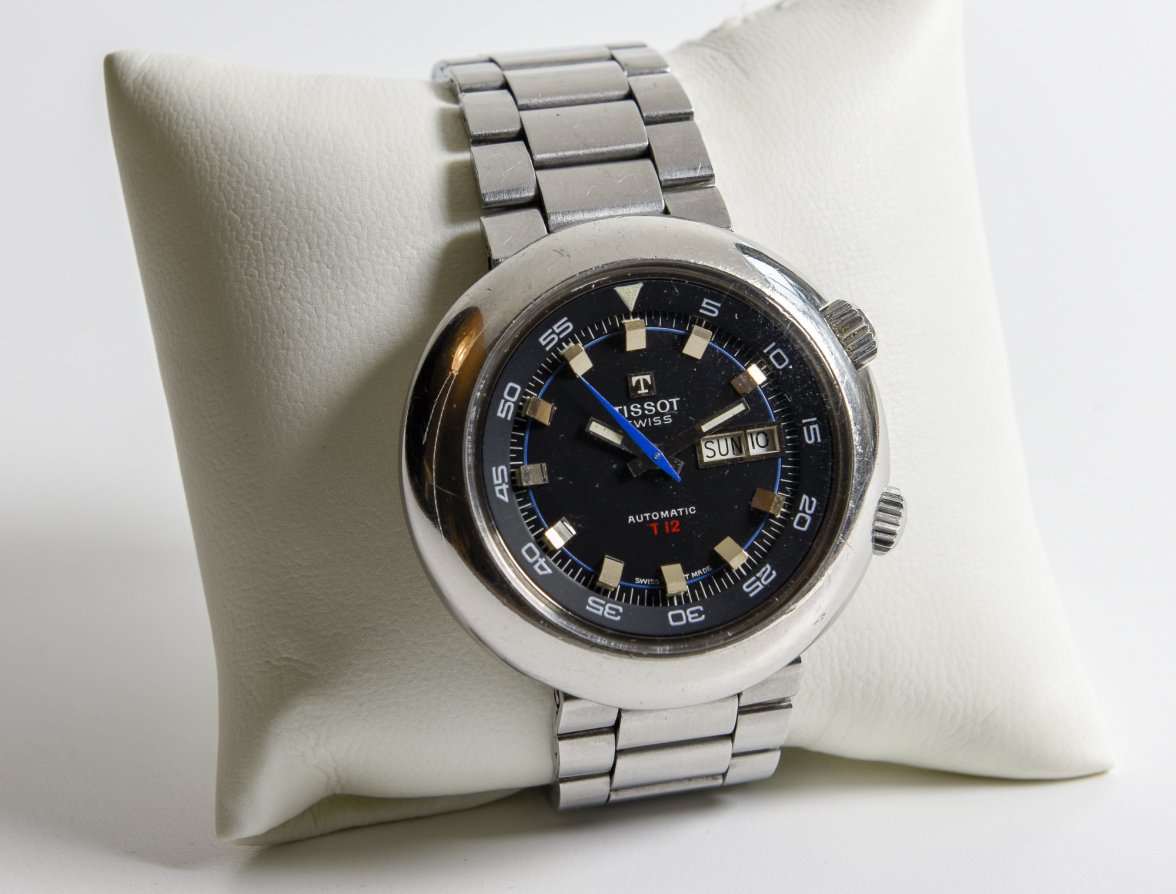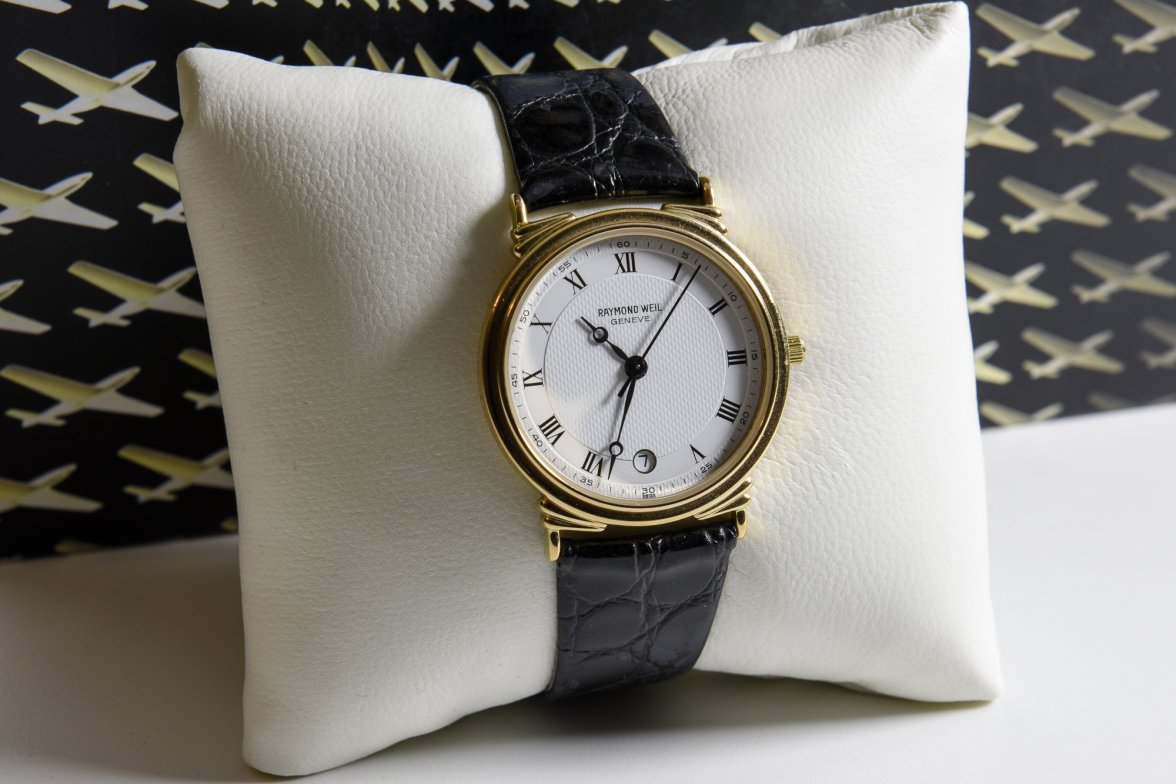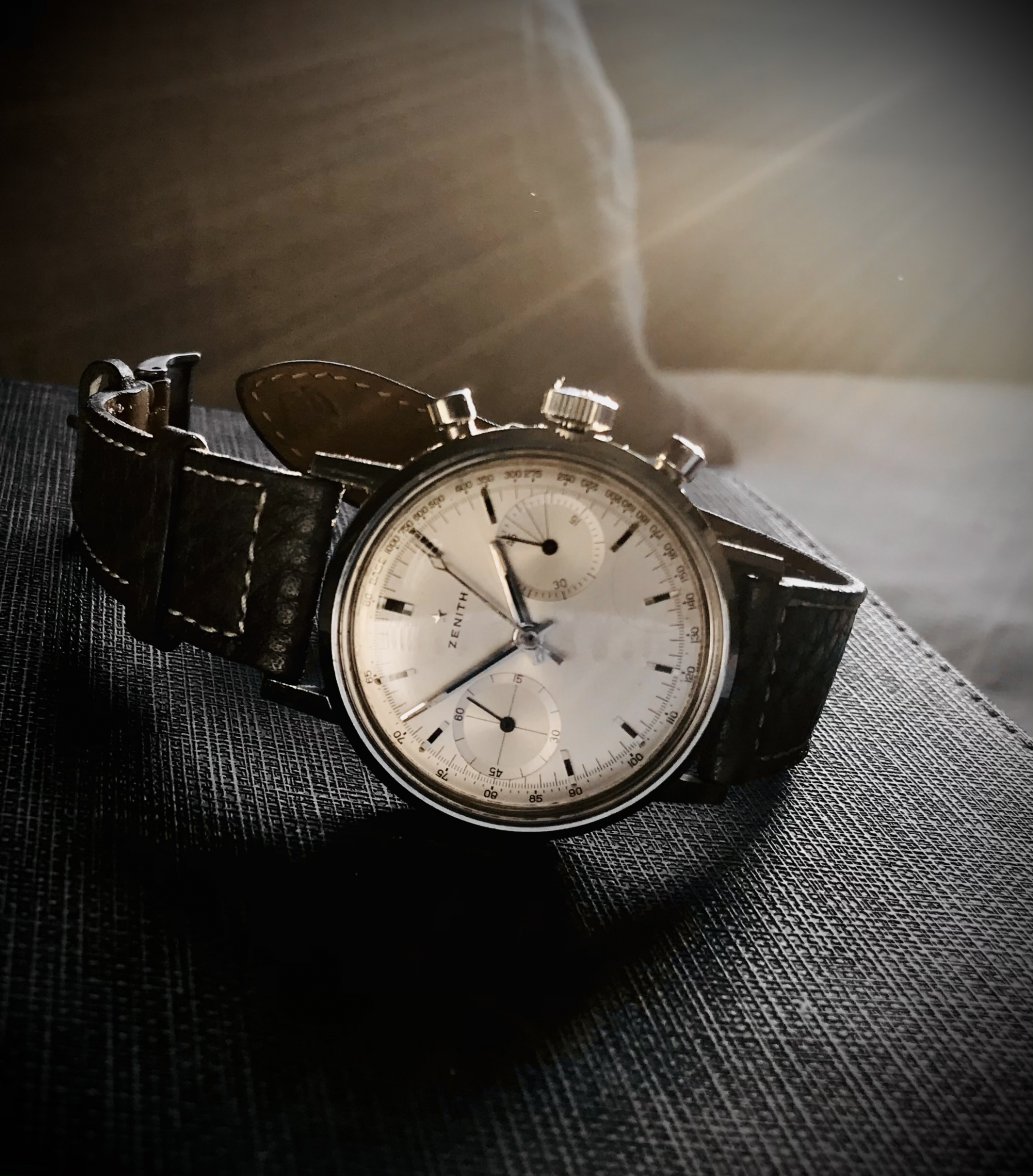jshaw083
·Here's is a technical answer, so please bear with me.
When light shines the crystal of the watch, some of it some of it goes through (transmitted) to illuminate the dial and the rest is reflected off the surface (that might produce glare in your picture). The reflected light gets to be polarized due to the nature of light interacting with crystal's material. The amount of polarization occurring depends on the angle of the source of light hitting the crystal surface. No polarization occurs if the light hits the crystal straight on (ie at 0 degree) and a maximum if the light hits at around 60 degrees (called Brewster's angle). A polarization filter on your camera can remove this polarized light (reducing glare) but its effectiveness depends on the amount polarization of the reflected light. Look at the attached picture, we the see the filter is very effective removing glare off the picture frame glass but notice this glare is daylight coming from a window at rather large angle. In the case of your picture of the nice Polerouter, the light source seems to coming a more moderate angle (hitting the curved surface of the crystal) so my guess a filter would have been partially effective in removing the glare.
Thanks so much for that. Very helpful. I've also recently been playing around with Luminar (amazing software in my opinion) and there is a polarising filter function that can be used in post-processing. I haven't tried it yet, not sure if it's as good as the real deal but worth a shot. Polarising filters can be expensive!
